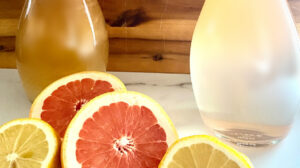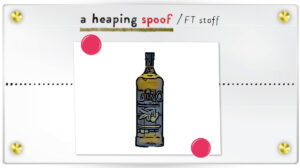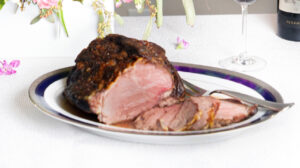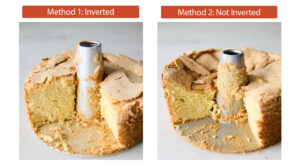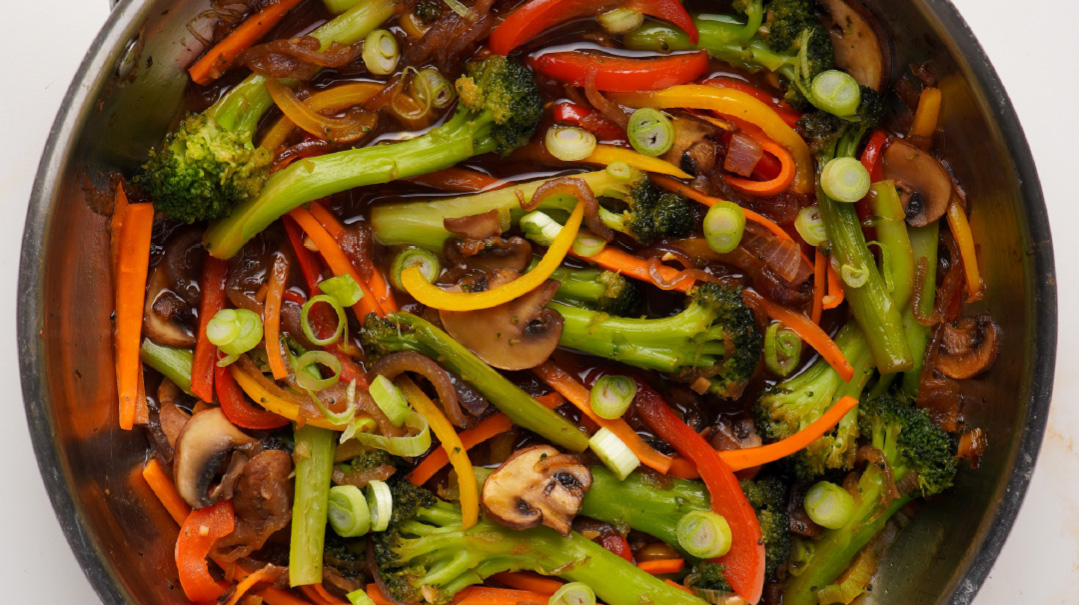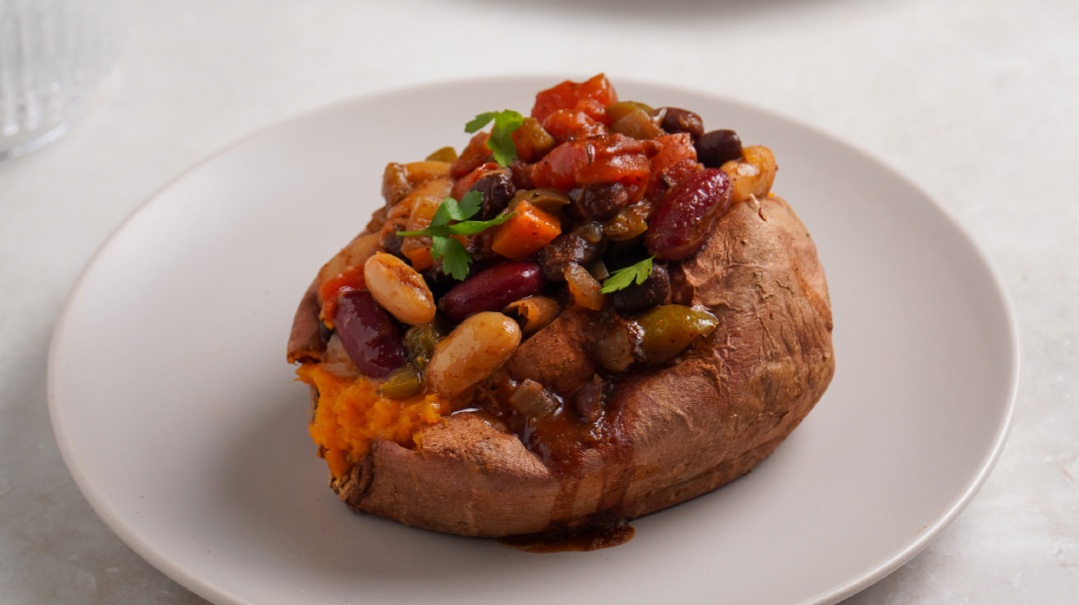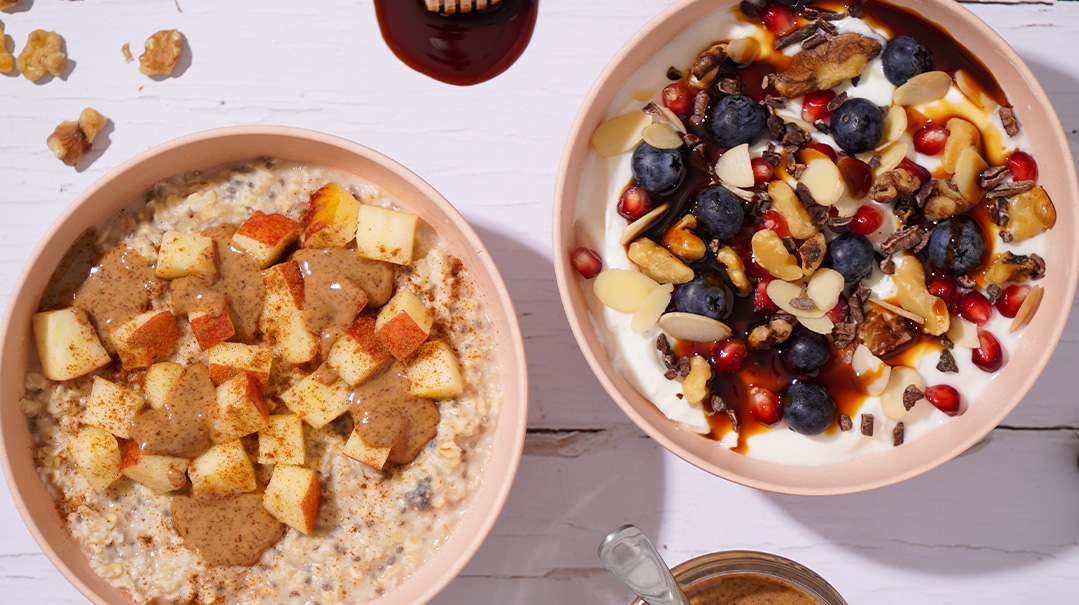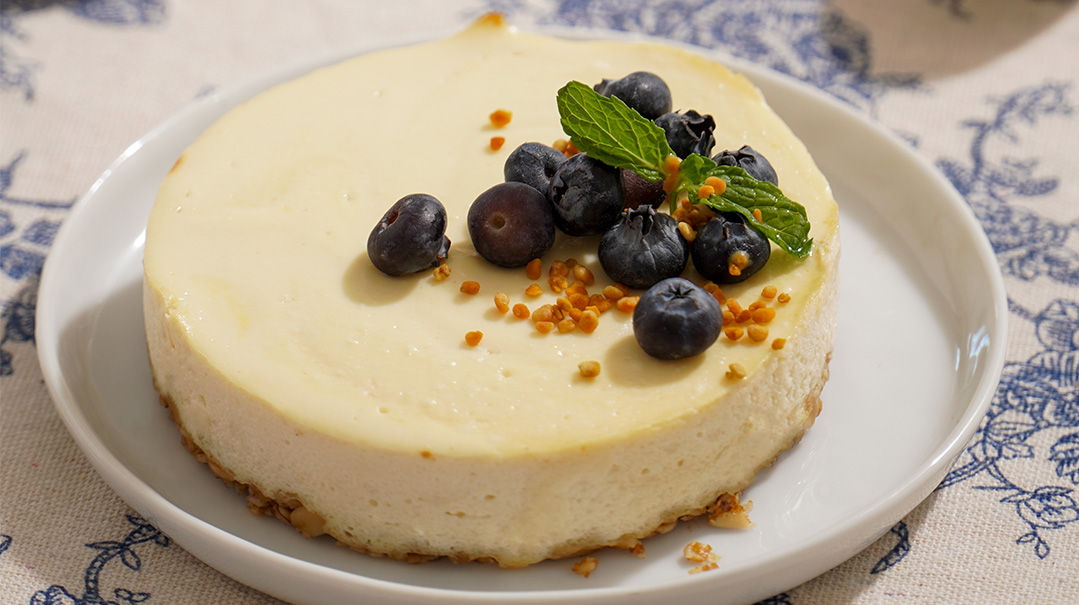ALL ABOUT SOURDOUGH
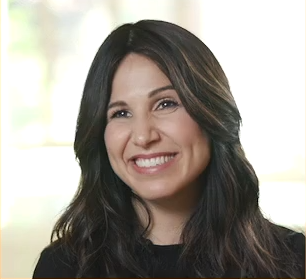
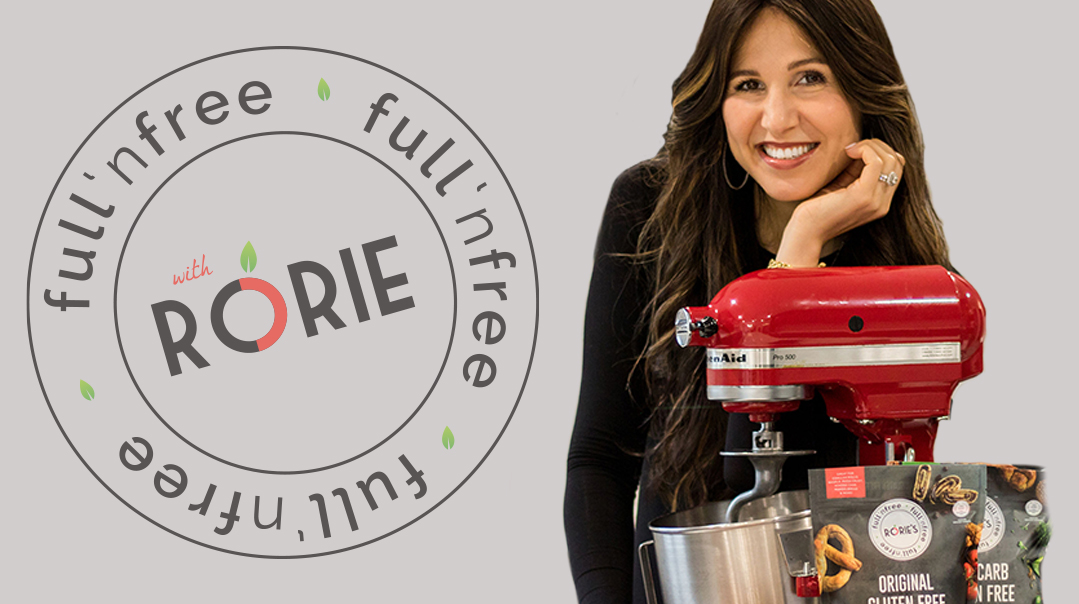
On Pesach, we eat matzah to remember how our ancestors rushed out of Mitzrayim so quickly that their dough had no time to rise, and it became matzah as it baked in the sun. I don’t know about you, but I always had two questions. First, bread doesn’t need all that much time to rise! Couldn’t they have made it a half hour ahead of time? And second, how would a bread dough, complete with eggs, sugar, and oil, turn into plain flat matzah? My curiosity was finally satisfied during my recent trip to Eretz Yisrael where I met Esther Black, who runs sourdough workshops in her home.
Esther explained that commercial yeast is a relatively new phenomenon, only about a hundred years old. Bread was made by mixing flour, water, and salt — and leaving it to sit and work its natural magic. Bacteria and wild yeasts lay dormant in dry grain, and once water is added, the microbes burst to life, resulting in a natural, spontaneous fermentation process. It takes 18 minutes for the microbes to awaken and begin their work, and it’s at that point that the dough becomes chometz. How did the age-old process of naturally
fermenting our grain give way to using commercial yeast products? In 1857, Louis Pasteur discovered the tiny microbes that cause bread to rise. He isolated those microbes, and the result was initially sold as liquid sludge, touted to make dough rise.
The United States caught on to the trend and started selling the stuff in the early 1900s. Bakers loved the idea that instead of working on one batch of dough for 12 hours, they could prepare it all in one morning. Today, most packaged breads are made with refined versions of yeast, such as yeast extract, that can make dough rise in a matter of minutes. It’s great for the commercial baking industry, but not for its consumers. The problem? Grains, especially whole grains, contain several substances that can adversely affect our health. However, once fermented, these very same harmful substances transform into health promoting nutrients.
For example, phytic acid and enzyme inhibitors are considered “anti-nutrients.” One serving of phytic acid can prevent a person’s system from absorbing essential minerals such as iron, zinc, and calcium through several meals. Fermentation breaks down the phytic acid and actually raises the amount of bio-available iron, zinc, and calcium in our blood. It also destroys the enzyme inhibitors that slow our digestion, thereby allowing our bodies to absorb a greater amount of nutrients from our food. Furthermore, fermentation breaks down gluten, another substance that many are unable to tolerate. It releases amino acids, which increases the amount of available protein in the bread. Some studies indicate that sourdough that’s fermented for 48 hours or more at room temperature may even be safe for people with celiac disease, though it’s most advisable to wait until all studies have been complete before experimenting. Sourdough also contains nutrients not found in yeast bread. Here are some to whet your appetite:
• Gamma-Aminobutyric acid (GABA): fights anxiety and depression, increases mental focus and the quality of sleep, assists in weight loss and maintenance, and helps normalize blood pressure.
• Ornithine: reduces fatigue, builds muscle, repairs damaged cells, speeds up basal metabolism, reduces skin wrinkles, reverses aging, and increases immunity.
• Folate increases as much as 300 percent, and essential B vitamins like thiamine, vitamin B1, and riboflavin are abundant even after baking.
• The balance of microbes in sourdough have many health promoting properties such as the ability to reduce cholesterol and triglyceride levels, increase insulin sensitivity, and increase the strength of the immune system.
• Studies show that sourdough can stabilize blood sugar levels for up to 12 hours.
I got started on my sourdough mission about a year ago, and I haven't turned back. Considering the above, it’s no wonder so many people feel great eating sourdough. There’s this giddy feeling we get when we open our post-Pesach freezers and find them
empty and sparkling, brimming with potential. Try this sourdough bread, and you’re off to a great start!
Wishing you the best of health,
Rorie
(Originally featured in FamilyTable, Issue 640)
Click Below for Full n' Free Recipe
Oops! We could not locate your form.


